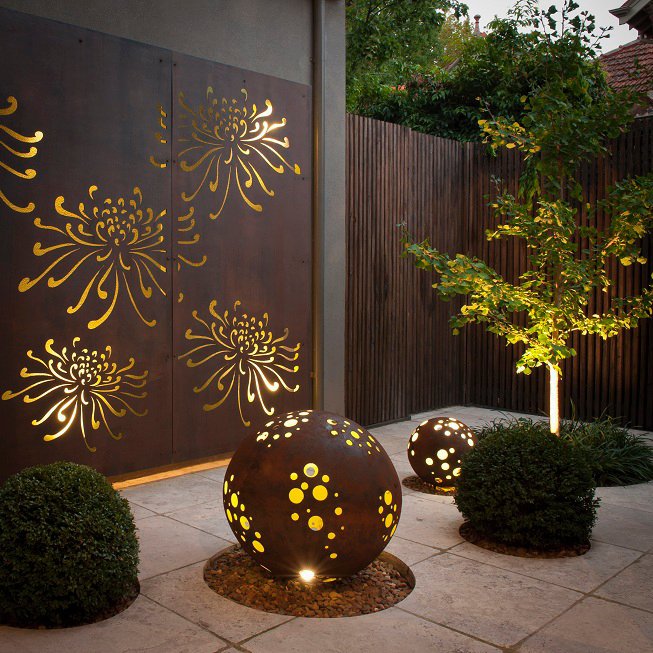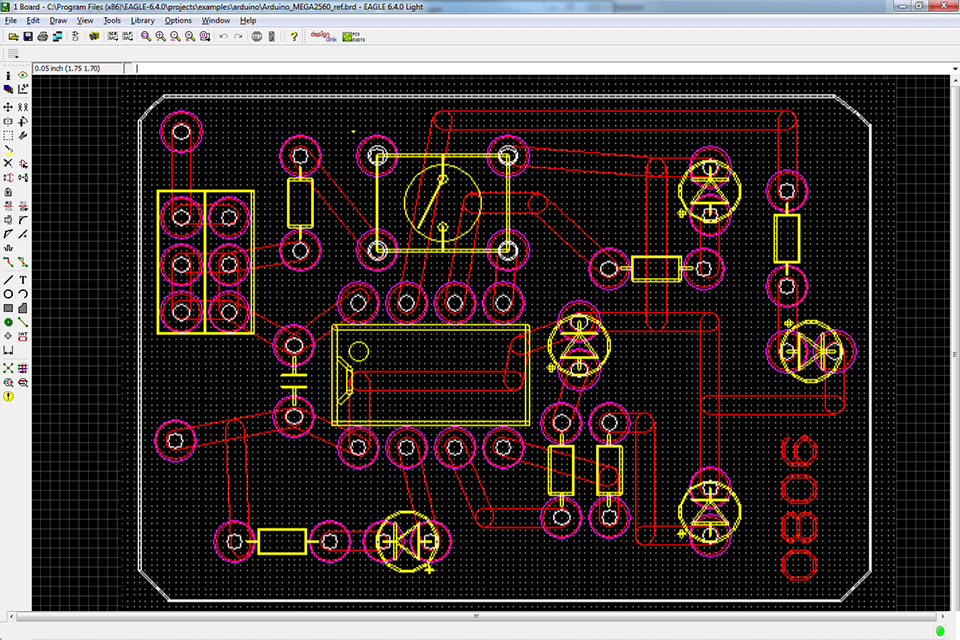Table of Content
WikiHow is a “wiki,” similar to Wikipedia, which means that many of our articles are co-written by multiple authors. To create this article, 24 people, some anonymous, worked to edit and improve it over time. For the humidity, sponge up some of the water to reduce it and squeeze out more water to increase it. Put in a sponge, too, so that you can adjust the amount of water easily.
Mark one side of each egg with "X" and the other side with an "O" to keep track of which side is facing up. Before putting in the eggs, turn on the light and monitor the temperature and the humidity for a day or so. I was struggling using a 60W lamp, it was too hot so I had to have lots of holes in the box to let the heat out, so that also let all the humidity out. The incubator should be placed in a location with the least possible fluctuation in temperature and humidity throughout the day—a basement is ideal, a sunny window is not.
How to Create a Homemade Egg Incubator
This will hold the egg tray up away from the light/heat, water and the fan. The next step is to poke holes in the box and tape on all the plugs, then re-cover all the holes to keep the heat in. The thermometer should be placed where the chicken eggs are supposed to be . Before you test out the bulb, use duct tape to secure it in place. Even though you’ve pierced the hole with the screw-in mount , duct tape will ensure that it doesn’t come loose at any point.
I’m Katie, a homesteader, I love everything that has to do with simple living. This is my personal blog sharing everything about homesteading, DIY tips and very clearly tutorial for everyone who love improving their house. You need to put a label on the one hand of every egg with an “X.” On the contrary, put the other side a mark “O” to know which side is facing up and which one is down. And by that, what we mean is that you can just obtain the materials on recycled items that you can find all around your house.
Hatch-O-Bator Homemade Incubator
Pullet eggs are the first eggs laid by hens at about 18 weeks old. These young hens are just getting into their egg-laying groove, meaning these eggs will be noticeably smaller than the usual eggs you come across. And that's where the beauty in them lies – quite simply, they are delicious. If not turned for long periods the yolk will eventually touch the inner shell membranes. When the embryo touches the shell membranes, it will stick to the shell and die. Regularly turning the egg will prevent this, and ensure healthy embryo development.

If you find any bad or infertile eggs, remove them from the incubator.If you use a flashlight, its lens should be the small enough so that the light is directed at the egg. Chicken eggs take 21 days to hatch, so it's important to know the exact day you put them in the incubator. Also, keep track of the humidity and temperature readings. Styrofoam has incredible insulation properties, which only means that all of the heat build-ups will remain inside of the core. This can create terribly unpleasant and unnatural conditions for the new hatchlings, so it’s important to add a humidity source – water.
Step 5: Make the Support for the Egg Tray to Sit
For example, if your room temperature is around 86 F and the core’s temperature is 100 F, it’s sealed in tight. If the numbers are too close to each other, the chances are that your room temperature is ‘leaking’ inside the core. We recommend putting some water in a small bowl and inserting a sponge inside. The sponge will soak up the water and substantially reduce the risk of spilling while still providing the atmosphere with the right dose of humidity. You can use a pair of scissors to cut the Styrofoam and to shape the contraption, but we recommend using a scalpel. While scissors are, perhaps, a bit easier to use, a scalpel will benefit you increased cutting accuracy.

Hatching chickens can be a fun family project, too. While the costs of buying an incubator are quite high, it is a relatively simple process to make one at home. You probably already have the ingredients sitting around your house right now. Humidity is just as important as heating in the egg incubating process; eggshell is porous, which means that water can freely pass through. Regardless of whether eggs are incubated or hatching under normal conditions, they slowly, but steadily dry out. Since eggs gradually lose water, the ‘artificial’ humidity source will help keep their ‘dryness’ at a balanced level.
DIY Rocket Stove
Inside your styrofoam box, place the water cup first, then insert your frame. Put back the light bulb and the socket, and place your hygro-thermometer in the box. Afterward, you can put some eggs to test the durability of your screen. The main building components are a few pieces of leftover plywood, a water heater thermostat and a couple of 15 watt light bulbs. Raising chickens at home has become popular recently since more people have become educated about the plight of hens raised in factory farms.
The insulated cooler helps maintain just the right internal temperature from top to bottom. Runs on solar power and is ideal for off-grid living or anyone looking to reduce their electrical usage. This solar powered incubator will keep eggs at the desired temperature of 99 to 102 degrees Fahrenheit without the use of electricity.
Chicken eggs should be turned three times a day during their three week incubation period. That is a big time commitment if you lead a busy life. Free up some of your time and successfully hatch eggs with this auto turning hatcher idea. Also, adjustment of the bulb plays an important role; otherwise, you may end up ruining up your eggs.
Take note of every little change that’s happening inside the incubator each day, and optimally, keep a log. Follow the temperature and humidity parameters, make changes when you need to, and you should be completely fine. Since incubators aim to recreate a natural hatching environment for little chicks, you’ll also need to introduce a humidity source. Again, just like it’s important for Styrofoam to not catch fire, it’s equally important for it to not get wet. Water and electricity usually don’t go too well hand in hand. An egg incubator is not simply a ‘storage place’ for little chicks.
In the middle of the water tube I have placed the end of my cheese making thermometer. First, you should check if the core is properly insulated. You can easily tell if it’s sealed in an adequate way by checking the initial temperature.

No comments:
Post a Comment